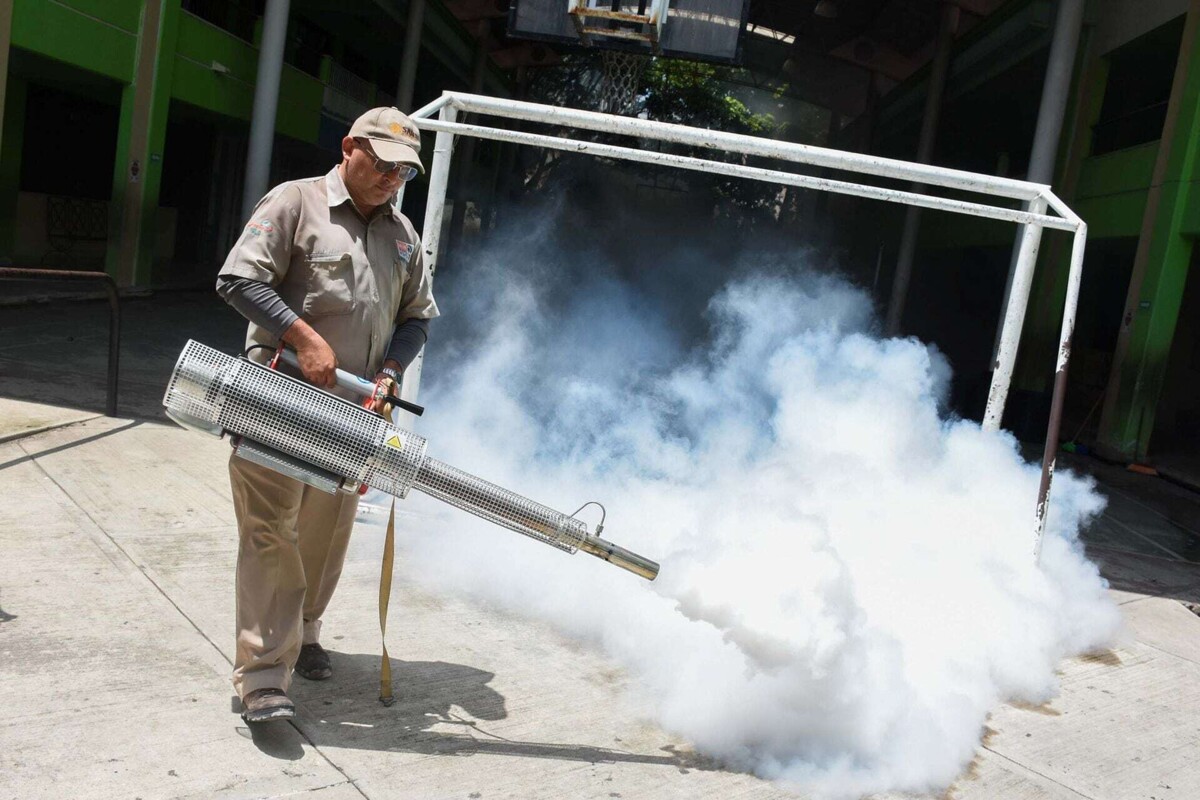
In Mexico, dengue continues to be a public health problem, with a significant increase in reported cases in recent years. All four serotypes of the dengue virus are currently circulating in the country, and in the south, the disease remains consistently present due to its endemic nature.
Gloria Aguirre, an infectious disease specialist at TecSalud, described the characteristic symptoms of dengue, which include fever, headache, eye pain, muscle aches, nausea, vomiting, abdominal pain, and a rash that appears on the fifth day.
Regarding treatment, the specialist recommends the use of Paracetamol to reduce fever, plenty of fluid intake, and rest. The highest risk groups for dengue are minors and the elderly.
The evolution of dengue cases in the last six years shows a considerable increase, from 41,505 cases and 191 deaths in 2019 to 86,556 cases and 208 deaths in 2024 up to epidemiological week 42, according to data from the Ministry of Health.
The dengue-transmitting mosquito, Aedes aegypti, has shown greater resistance and is now found not only in coastal or sea-level areas but also in regions such as Aguascalientes, Querétaro, and Morelos. This adaptability of the mosquito represents an additional challenge in controlling the disease.
Epidemiologist Alejandro Macías emphasized that the dengue situation is concerning, with no short-term improvement in sight. He highlighted the importance of control measures, such as cleaning spaces to prevent mosquito reproduction. In the country, dengue has become more aggressive, adapting to different urban environments and climatic regions.
In 2024, the entities with the highest incidence of dengue are Jalisco, Nuevo León, Veracruz, Guerrero, Morelos, Michoacán, Nayarit, Colima, Chiapas, and Puebla. Virologist Susana López Charretón pointed out that dengue has been present in Mexico for 35 years, affecting most states except for Tlaxcala and Mexico City due to their altitude, which does not favor the reproduction of the transmitting mosquito. The need to strengthen control and prevention measures is crucial to address this disease, which continues to pose a challenge to public health in the country.














